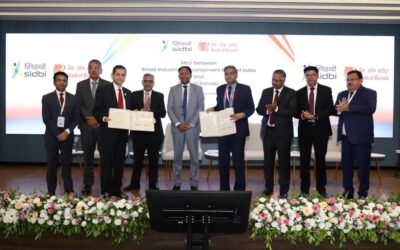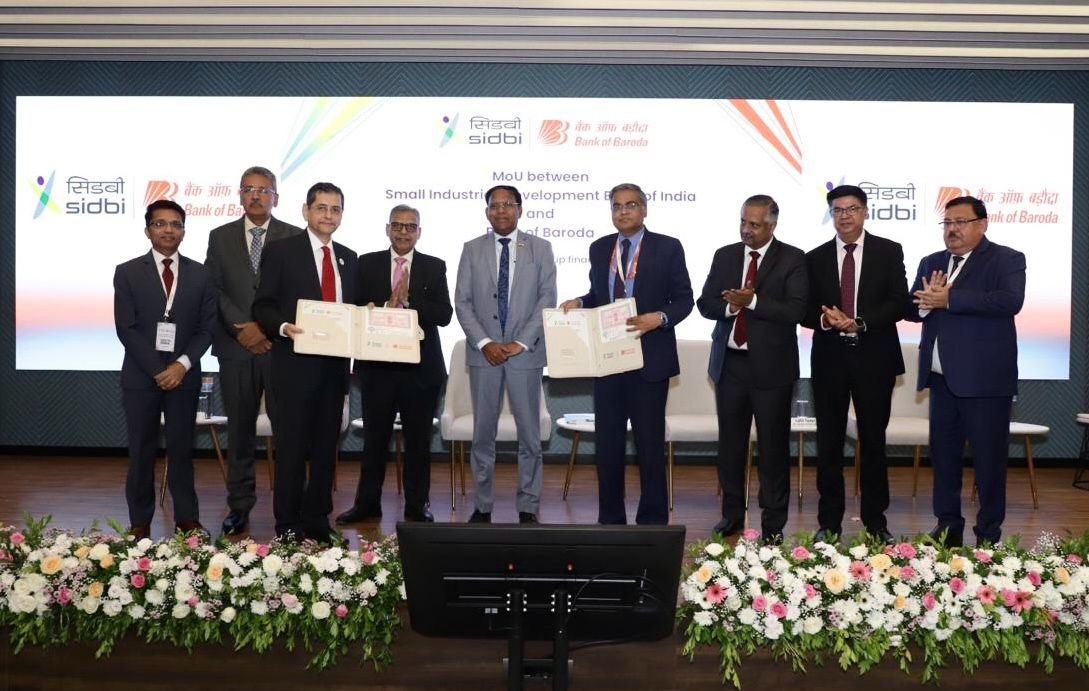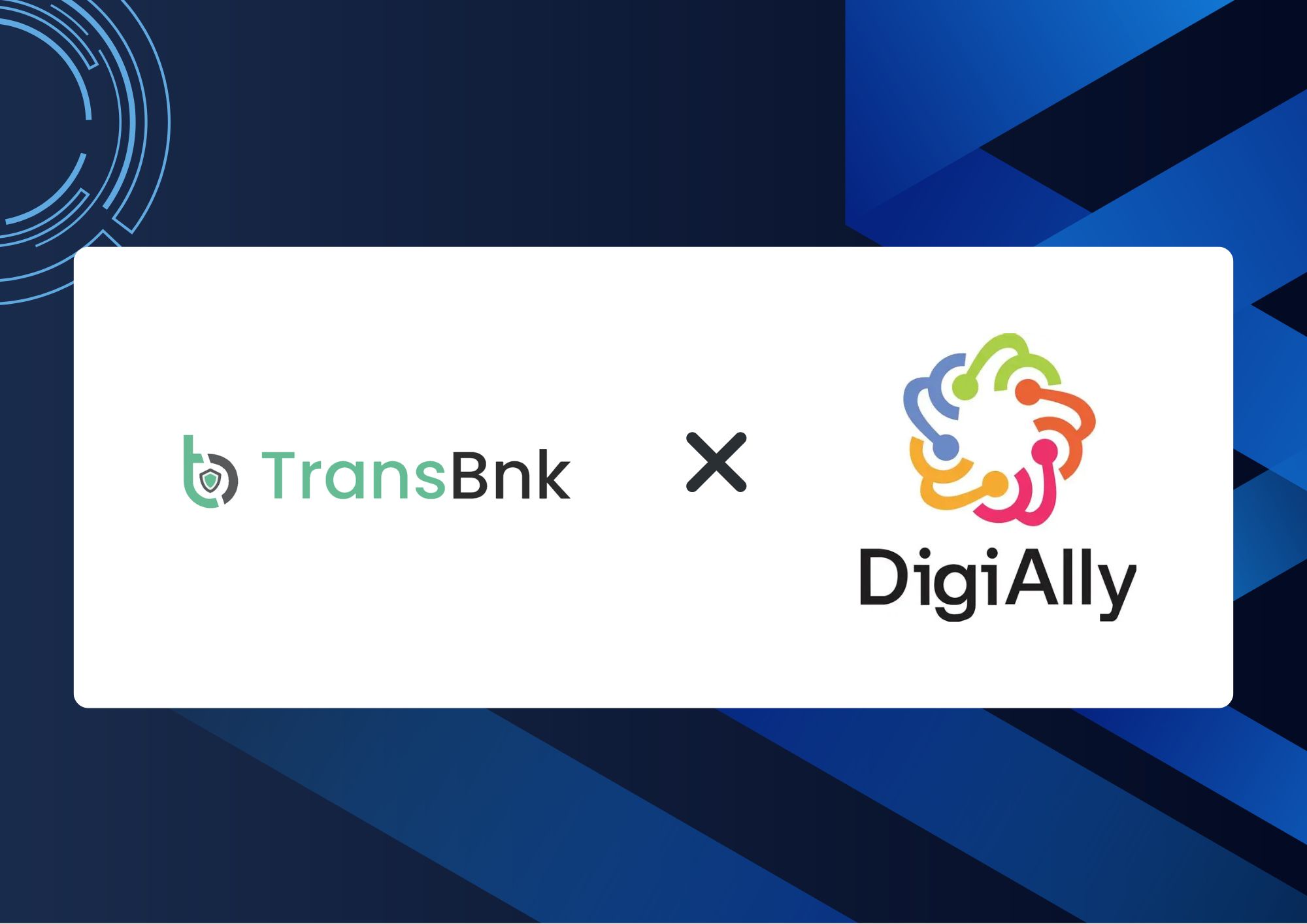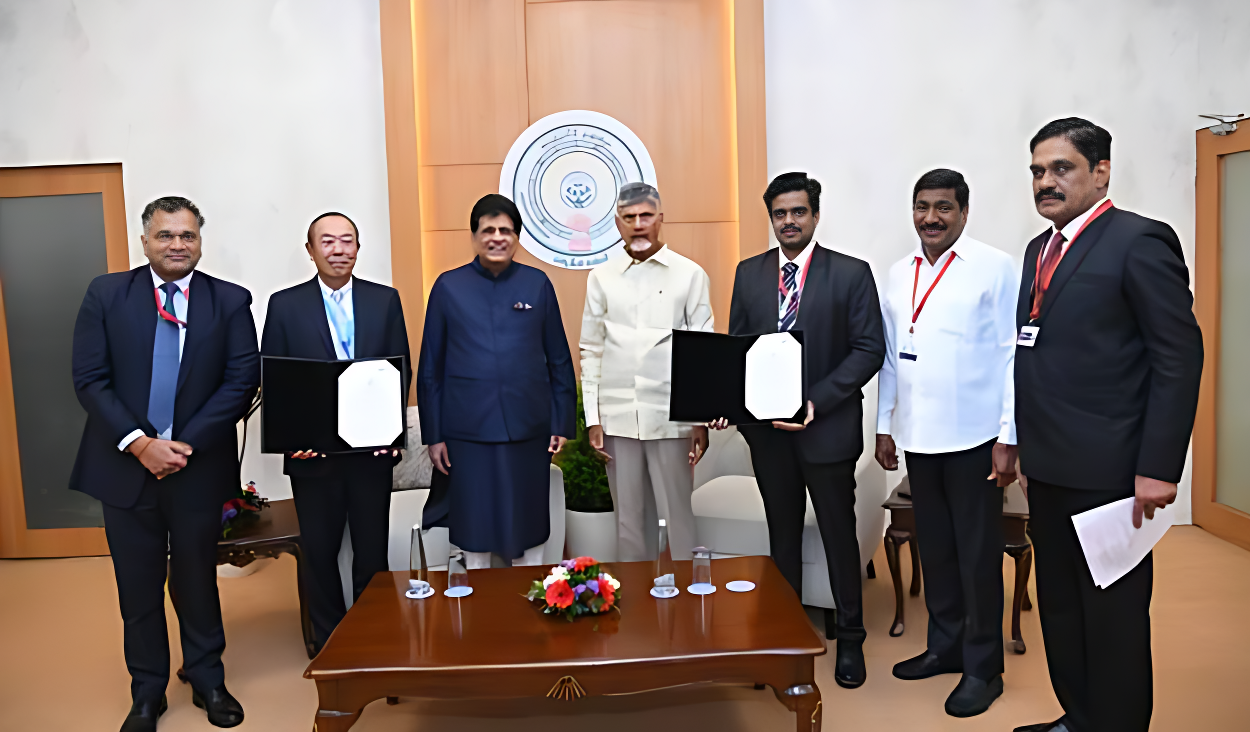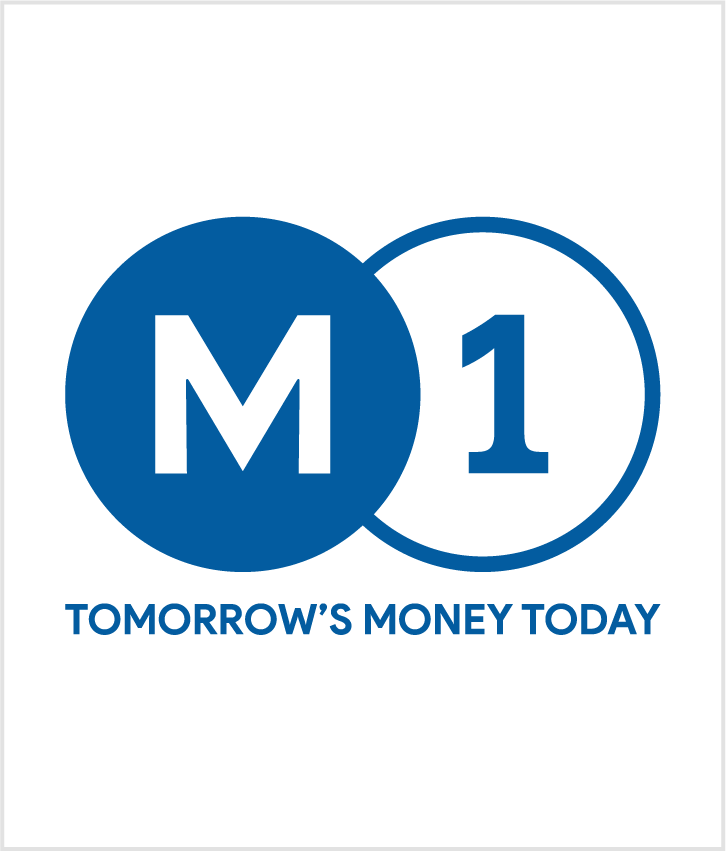Data Is the New Collateral: Inside India’s Secure MSME Credit Network

In India’s financial evolution, the next big revolution is not in how fast money moves, but in how safely it does. The country that built the world’s most inclusive digital payments network is now engineering the invisible infrastructure of trust behind credit where data replaces collateral and integrity replaces paperwork.
The latest milestone in this transformation came as SIDBI, the Small Industries Development Bank of India, partnered with MonetaGo to deploy its globally proven digital public infrastructure for secure financing. Beneath the technicality lies a quiet but powerful shift: the architecture of MSME credit is being rewritten around data confidence.
From Collateral to Confidence
For decades, India’s small businesses have been trapped in the paradox of growth too big for informal finance, too small for banks. The ₹25 lakh crore MSME credit gap isn’t just a liquidity problem: it’s a trust deficit. Lenders hesitate not because demand is lacking, but because documentation, verification and fraud risks make underwriting opaque.
SIDBI’s latest collaboration with MonetaGo directly targets that trust gap. Using digital verification layers linked to India’s public data rails GSTN, TReDS and banking systems the solution ensures that every invoice, every transaction, every financing request can be verified in real-time across institutions.
Simply put, data has become the new collateral. Creditworthiness is no longer proven through physical assets or paper-based guarantees but through the consistency, traceability and authenticity of financial data.
The Invisible Infrastructure of Digital Credit
At the core of this transformation is MonetaGo’s Secure Financing system, a technology layer that detects and prevents duplicate financing on the same invoice across platforms and lenders. It’s already embedded within India’s Trade Receivables Discounting System (TReDS) ecosystem, and now, with SIDBI’s direct adoption, it’s being institutionalized into the heart of MSME credit infrastructure.
The system cross-verifies invoice data against multiple financing requests in real-time. For example, if an MSME uses the same invoice to raise funds from two different lenders, the platform instantly detects the duplication, preventing fraud before it happens.
This functionality, known as the Invoice Dedupe Registry (IDR), has become an invisible safeguard for banks, NBFCs and fintech lenders participating in invoice-based lending through the RBI’s digital platforms. It aligns perfectly with India’s broader regulatory direction strengthening governance in credit, expanding transparency, and ensuring that every rupee lent is traceable to a genuine transaction.
A Development Bank Turns Digital Vanguard
For SIDBI, this partnership represents more than a technology upgrade it is a strategic statement. As India’s principal financial institution for MSMEs, SIDBI sits at the intersection of policy, finance and enterprise. Its collaboration with MonetaGo marks the first time a development finance institution has directly integrated a global-grade fraud-prevention system into its operational ecosystem.
Smt. Y. M. Kumari, Chief General Manager at SIDBI, summed up the intent clearly: the goal is to promote cash flow–based, digitized credit that enhances transparency, trust and resilience. With initiatives like GST-Sahay and TReDS, SIDBI is aligning MSME finance with India’s emerging Public Tech Infrastructure for Credit (PTIC) an interoperable framework where banks, fintechs and government data systems co-create risk intelligence.
This is no small step. It redefines the role of a public financial institution from being merely a credit provider to becoming an anchor of digital trust.
Data Is the New Collateral
The real innovation here isn’t just technological it’s philosophical. Traditional lending was built around physical collateral: land, inventory, guarantees. But for millions of MSMEs, these were precisely what they lacked. The new paradigm, anchored in verified data, flips the model.
- GST data authenticates the flow of goods and services.
- TReDS data confirms receivables and payment behaviour.
- Banking data establishes consistency in cash flows.
When stitched together securely through systems like MonetaGo’s, these become a digital trust layer that’s harder to fake than paper, faster to verify than audits and fairer to businesses without physical assets.
For lenders, it means a unified risk view. For MSMEs, it means inclusion without friction.
Building a Global Model for Secure Credit
India’s leadership in digital public infrastructure (DPI) from UPI in payments to Account Aggregator in data consent has inspired global replication. MonetaGo’s Secure Financing system, first deployed in India, is now being adopted internationally via SWIFT and the Asian Development Bank.
This is significant. India isn’t just exporting fintech; it’s exporting trust architecture a standards-based model for credit verification that other economies can emulate.
The results speak volumes: since early 2023, MSME financing on RBI-backed TReDS platforms underpinned by MonetaGo’s system has grown by over 216%, demonstrating both demand and confidence.
De-risking Credit, Unlocking Growth
Risk, not capital, has always been the biggest bottleneck for MSME financing. By addressing the systemic risk of duplicate or fraudulent financing, SIDBI’s initiative could unlock thousands of crores in additional credit lines.
Each verified invoice becomes not just a document, but a data asset capable of powering new credit models like deep-tier financing, supply chain lending, and embedded trade finance. These innovations don’t just help MSMEs borrow; they help them build credibility across the formal economy.
In the coming years, as fintechs, banks and NBFCs align with this verified-data framework, India’s MSME ecosystem could finally achieve what decades of policy alone couldn’t: predictable, trusted, and scalable access to credit.
Trust as a Public Good
What SIDBI and MonetaGo have initiated is, in essence, a public infrastructure for trust. It reflects a new maturity in India’s financial system where regulation, technology and policy converge not to control risk but to de-risk opportunity.
The invisible rails of digital credit being laid today will determine the velocity and safety of India’s next trillion dollars of GDP growth. MSMEs, long seen as the economy’s weakest link, may soon become its most reliable one not because they have more assets, but because they have more verified data.
As the lines between finance, technology and governance blur, one thing becomes clear: in the future of MSME credit, data isn’t just information it’s currency, it’s collateral and it’s confidence.





